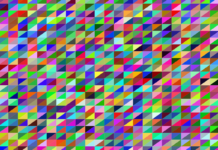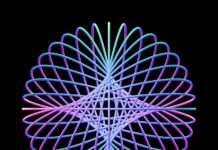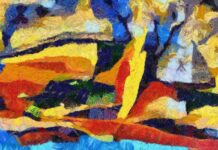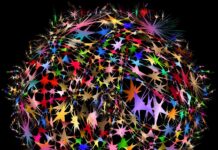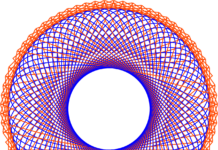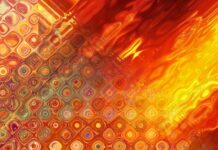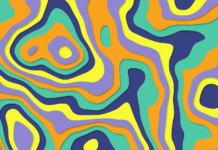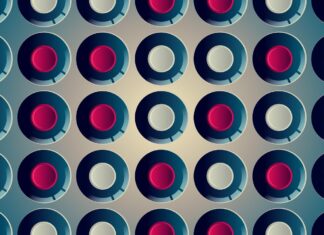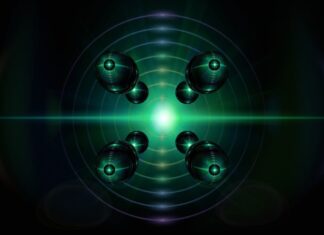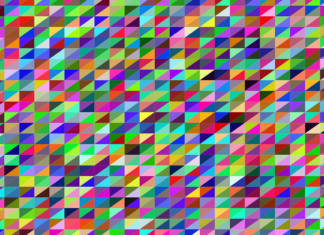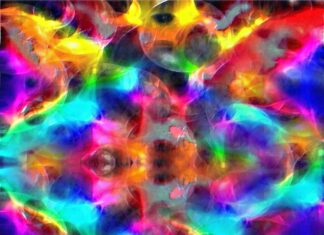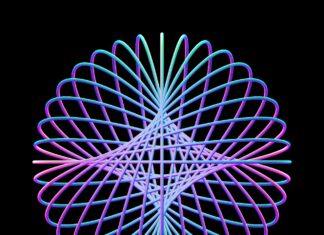In the ever-evolving realm of virtual gaming, Roblox Shader emerges as a revolutionary technology that has reshaped the way we perceive and interact with virtual worlds. The term “Roblox Shader” encapsulates a dynamic and complex system that fundamentally enhances the visual experience within the Roblox platform. The Roblox Shader, three words that hold the potential to redefine the boundaries of creativity and realism, acts as a conduit through which developers and creators can breathe life into their digital landscapes, offering players an immersive and captivating journey through meticulously crafted environments.
At its core, the Roblox Shader is a set of instructions that dictates how light interacts with objects in a virtual scene. It’s a cornerstone technology responsible for simulating various visual effects, ranging from lighting and shadows to reflections and atmospheric elements. When integrated seamlessly into the Roblox environment, shaders empower creators to transform simple geometric shapes into breathtaking vistas, utilizing the principles of physics and mathematics to mimic the behavior of light in the real world. This digital sorcery enhances the visual fidelity of Roblox games, immersing players in a symphony of visual artistry that was previously deemed unattainable within the platform.
The Roblox Corporation, in its unwavering commitment to innovation, introduced the concept of Roblox Shader to address the demand for heightened graphical fidelity and artistic expression within the vast Roblox metaverse. Traditionally, the platform relied on simpler rendering techniques to accommodate a wide range of devices and ensure optimal performance. However, as technology advanced and user expectations evolved, there arose a need to harness the power of shaders to bring Roblox experiences closer to the visual quality found in standalone video games.
Imagine walking through a virtual forest within Roblox, where the interplay of sunlight filtering through dense foliage creates intricate patterns of light and shadow on the forest floor. This enchanting visual spectacle is a result of the Roblox Shader at work. It’s not merely a superficial enhancement; rather, it’s a meticulous calculation of how each ray of light interacts with leaves, branches, and even the minute imperfections on the tree barks. This process, known as ray tracing, is a hallmark of advanced shaders and has the potential to revolutionize the way we perceive virtual environments.
The versatility of the Roblox Shader becomes apparent when exploring different genres of games within the platform. From the ethereal realms of fantasy RPGs to the futuristic landscapes of sci-fi shooters, shaders provide the tools necessary to breathe distinct life into each digital world. The Roblox Shader enables developers to craft reflective surfaces that mirror the surroundings with astonishing accuracy, creating shimmering lakes that faithfully replicate the nearby mountains or urban streets adorned with rain-slicked pavements that add an extra layer of believability to the scene. This newfound visual realism not only enhances immersion but also fosters a deeper emotional connection between players and the virtual worlds they inhabit.
It’s important to acknowledge that the integration of shaders into the Roblox ecosystem is not without its challenges. Unlike traditional game development, Roblox operates within a unique set of constraints. The platform caters to a diverse user base with varying hardware capabilities, from high-end gaming rigs to budget-friendly devices. As such, shaders must strike a delicate balance between pushing graphical boundaries and maintaining acceptable performance across this spectrum. The Roblox Corporation has taken a proactive approach by offering various levels of shader complexity, allowing developers to tailor their creations to suit different devices and thereby democratizing the access to enhanced visuals.
The implementation of the Roblox Shader has sparked a new era of creativity and collaboration within the Roblox community. The once-constrained canvas of pixelated textures and basic lighting models has now transformed into a playground for artists, designers, and developers to experiment with intricate visual effects. Creators are no longer limited by the flat surfaces and uniform lighting of the past; they can now craft scenes that mimic the interplay of light on various materials, leveraging the Roblox Shader’s capabilities to infuse their creations with unparalleled realism. This shift has not only elevated the quality of individual games but has also set a higher standard for the entire Roblox platform, encouraging a virtuous cycle of improvement and innovation.
One of the most captivating aspects of the Roblox Shader lies in its capacity to enhance storytelling and narrative immersion. Envision stepping into a haunted mansion where the flickering candlelight casts eerie shadows on the walls, and every creaking floorboard resonates with suspense. This atmospheric transformation is not solely the result of an intricate storyline or meticulously designed assets; it’s the Roblox Shader weaving its magic to create an ambiance that envelops players in a palpable sense of dread. By influencing the mood and tone of a game, shaders can profoundly impact the player’s emotional experience, blurring the line between the virtual and the tangible.
However, the realm of Roblox Shader isn’t exclusively bound by the pursuit of hyper-realism. It’s also a canvas for artistic expression and creativity. Developers are utilizing shaders to craft stylistic visuals that transcend the constraints of the physical world. From cel-shaded landscapes reminiscent of hand-drawn animations to surreal dreamscapes that defy the laws of physics, the Roblox Shader empowers creators to manifest their imaginative visions in ways that challenge conventional artistic norms. This newfound freedom extends not only to visual aesthetics but also to gameplay mechanics, as shaders can be harnessed to create unique gameplay experiences through visual cues and effects.
Technical advancements have fueled the evolution of shaders, with the Roblox Shader being no exception. As hardware capabilities continue to surge forward, shaders can harness more computational power to create even more intricate and nuanced visual effects. The concept of “real-time ray tracing,” a technology that simulates the behavior of light rays to produce highly realistic lighting, reflections, and shadows, has gained traction within the gaming industry. The Roblox Shader stands on the precipice of incorporating such cutting-edge techniques, potentially opening the door to a new era of graphical fidelity within the platform. This continuous evolution ensures that the Roblox Shader remains a relevant and transformative force in the gaming landscape.
As we look to the future, it’s intriguing to speculate how the Roblox Shader might evolve and redefine the boundaries of possibility. The trajectory of technology suggests that the visual experiences offered by the Roblox Shader could rival those of standalone games, blurring the distinction between mainstream gaming and experiences offered within the Roblox metaverse. Additionally, the potential integration of virtual reality and augmented reality could provide new avenues for the Roblox Shader to create immersive and interactive worlds that seamlessly merge with the player’s physical surroundings. The Roblox Corporation’s commitment to innovation and its dedication to providing a platform for creativity lay a strong foundation for these possibilities to become realities.
In conclusion, the Roblox Shader is not merely a technical innovation; it’s a catalyst for transformation and evolution within the Roblox ecosystem. The convergence of art and technology within the Roblox Shader paves the way for immersive storytelling, unparalleled visual realism, and boundless creative expression. The three words, “Roblox Shader,” encapsulate a journey that traverses the realms of science and art, imagination and computation. As developers and creators continue to explore the capabilities of this technology, it’s evident that the Roblox Shader is destined to be an integral part of shaping the future of virtual experiences, redefining our expectations of what’s achievable in the world of gaming and beyond.





